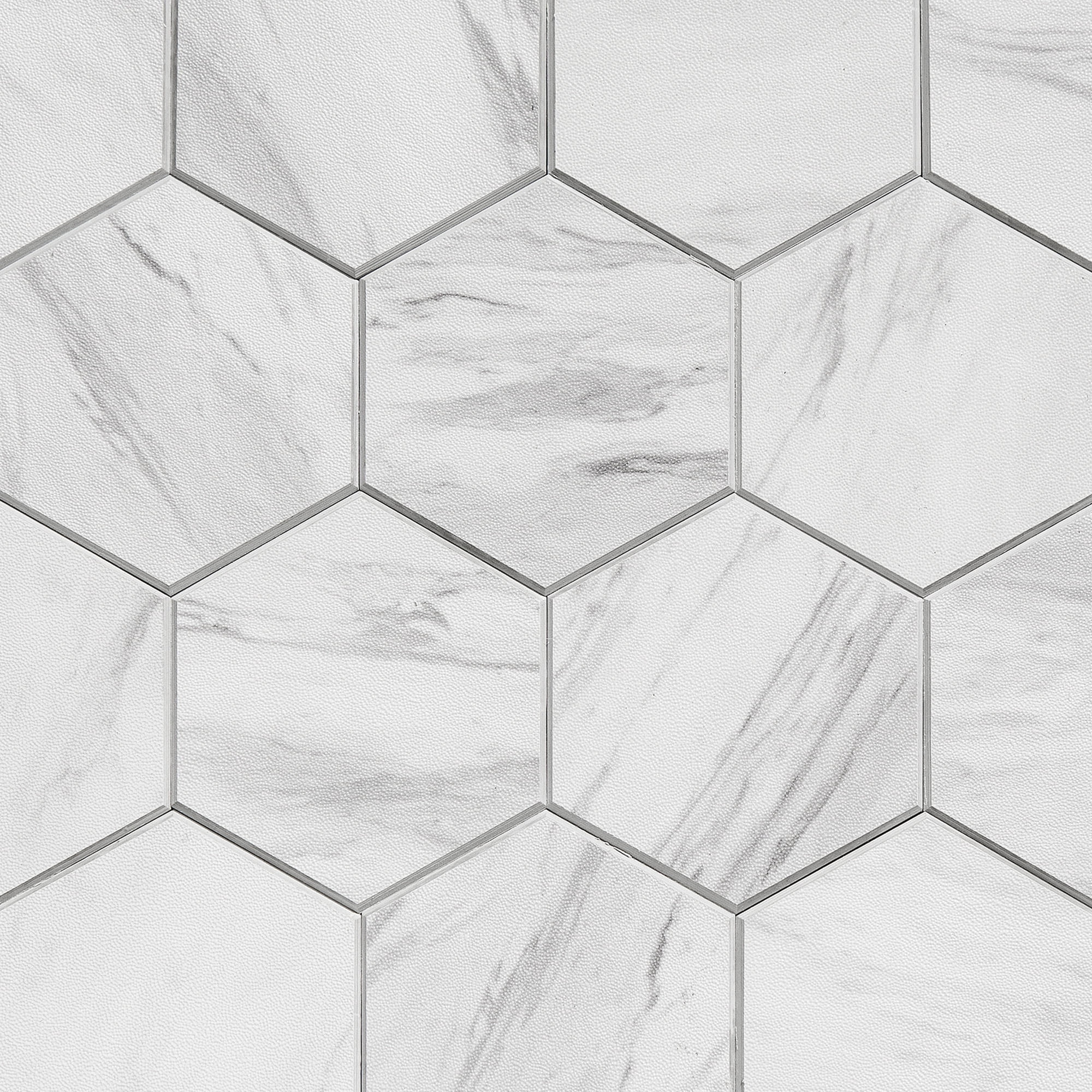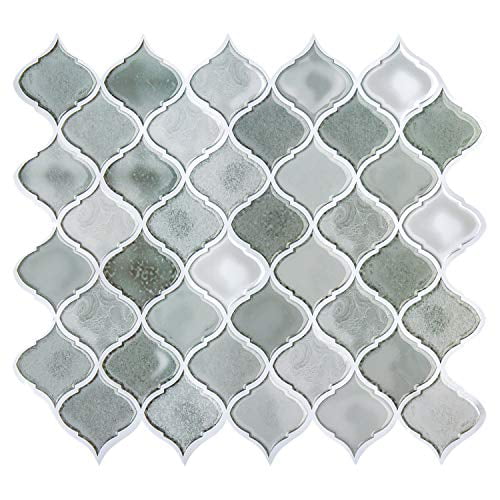
All of this hefty construction of loose-lay vinyl helps it to last years longer than other materials. This has to do with the thicker texture and how they fall in place like pieces to a puzzle. Loose lay vinyl planks do not rely on any fasteners, adhesive, or even tongue and groove mechanisms to hold themselves in place. No, in fact, it is more stable than regular vinyl that comes with the glue already applied. Will Loose-Lay Vinyl Become A Problem As It Ages?

You can choose any compatible brand, and if you spend a little more, can purchase adhesives that are strong enough to last 20+ years without reapplying.

So with that in mind, vinyl without glue is the better choice as it puts the strength of the adhesive in the hands of the user. For vinyl that relies on your applying the glue yourself, its strength will depend strongly on how well you spread the adhesive. The glue that comes with the vinyl floor is effective, and will hold just fine against impacts, spills, and scratches. Vinyl floors can come with glue or without it. Doing measurements beforehand will give you a general idea of which type works with the project. But with projects that have a tight budget, regular vinyl flooring does the job without any trouble. In areas where you expect a lot of foot traffic, getting luxury vinyl may be worth the extra expense. Luxury vinyl is a better long-term value than regular vinyl flooring. You’ll end up eating the extra cost whether it is a small or large area that needs to be covered, so size doesn’t really factor in. The con of buying luxury vinyl is the expense. There are a lot of colors and patterns only found within the luxury vinyl line. The benefits of luxury vinyl come with better quality, durability, moisture resistance, and even look. The quantity of both is up to the manufacturer and the overall quality of the shipped tiles. It isn’t uncommon to find ethylene and chlorine traces in the finished materials before they’re shipped out. When you have it in your hands, vinyl flooring feels and acts like plastic since it is made from the same synthetic materials as plastic. But thicker does not mean higher quality, although it usually points to more durable materials. There are many different variations of the material, so some may feel more authentic than others based on their material division. Modern vinyl flooring is made up of colored polyvinyl chloride chips. A good design is one that you’ll want to reuse constantly, and may also introduce you to other products from the same company. This is where a good finish can make a big difference in how nice the floor looks. A long warranty is nice, but it is better to have vinyl tiles that can keep up with the demands of the area.ĭesign – Floor tiles don’t have to be an extravagant work of art, but the colors and design need to not look cheap. For larger rooms, having more in the box will always trump price since it keeps you from buying multiple boxes.ĭurability – Higher durability keeps buyers from having to constantly replace tiles that are breaking in high traffic areas, or from being too generic to keep up with daily demand. A lower-priced pattern isn’t always the best choice if the quantity in the box is small. Price/Quantity Ratio – You want a good balance of each when doing small and medium rooms. If there are three things that make the buying choice easier, it is the following None of the three features just mentioned cover durability, another important factor when buying vinyl floor tiles.
#STICK ON TILES REVIEWS HOW TO#
How To Make The Best Decision When Choosing Vinyl Floor Tilesīetween prices, design, and adhesive types, the best peel and stick tiles have all sorts of small things to look at.

I like that these aren’t your basic vinyl floor patterns. Modern: I don’t feel like there are a ton of affordable options out there for flooring that actually looks updated. By installing them on top of the sheet vinyl, we should be able to peel both layers up fairly quickly. Semi-permanent: I love these fun patterned tiles, but will I love them in 5-10 years? I liked that these aren’t a huge investment and would be super easy to take out if we get tired of them. It took about a day to remove the quarter-round, scrape the caulk, make all of the cuts, and install, but tiling would have been much more time-consuming. I’ve seen them as low as $.76/square foot on įast: we just gave the old sheet vinyl a good cleaning and then we started laying the peel and stick tiles.

If you decide to purchase, make sure to shop around. Affordable: We only paid $1/square foot and you don’t have to buy backer board, mortar, grout, and spacers like you do with normal tiling projects.


 0 kommentar(er)
0 kommentar(er)
